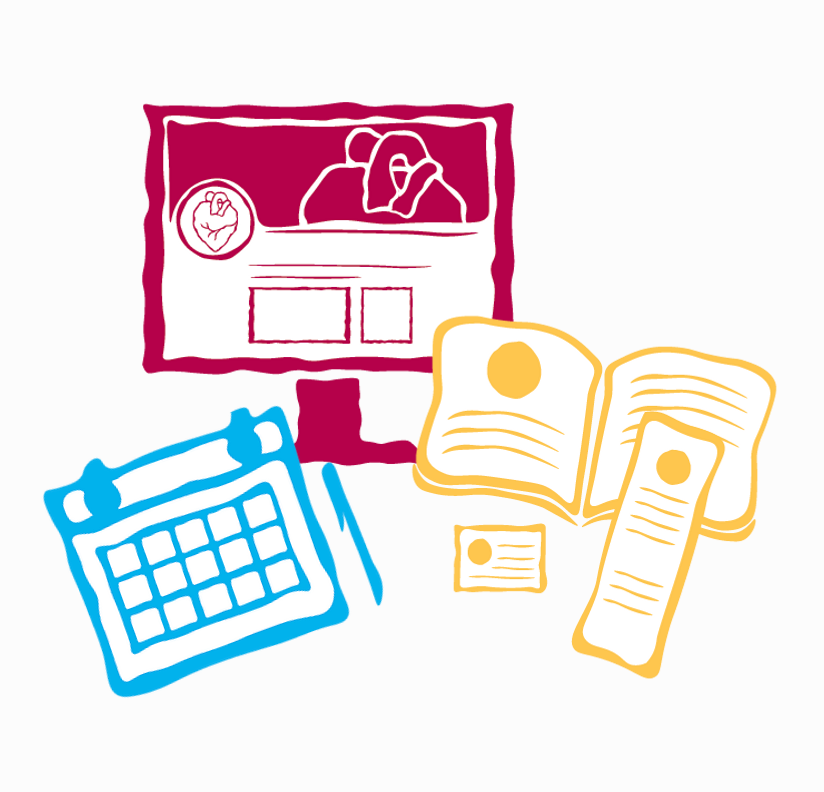Year-End Campaign Essentials
- Allegra Mangione

- Sep 2, 2021
- 3 min read
Here’s what you need to be thinking about as you head into the last three months of the fundraising year.

It’s somehow already time to start thinking about your nonprofit’s year-end giving campaign. If it’s not on your radar yet, don’t worry, this is the earliest I’ve ever thought about it, too.
In fact, when I was a Development Manager, the year-end campaign was something I dreaded. Expectations were high, resources were limited, and putting together a well-run year-end campaign takes a LOT of time. Plus, without too much marketing know-how, I didn’t have a roadmap for how to craft an engaging campaign that our donors would connect with.
However, as a fundraiser, there’s nothing more satisfying than blowing your year-end fundraising goal out of the water. Am I right? Maybe.
We know that 31% of annual giving occurs in December—that’s over $100 billion. (Whoa.)
BUT, your nonprofit’s year-end campaign can do a lot more than meet a short-term revenue target, done right. It’s an opportunity to:
Strengthen your nonprofit’s brand
Tell its stories
Reengage disengaged donors
Cultivate relationships with new donors and partners
Done right, a year-end campaign can mobilize your advocates to activate their networks in support of your mission. And, it should fit into your overall fundraising strategy.
There are four major things to think about when planning for a year-end campaign.

1. Campaign Branding
A strong campaign centers a strong theme. This goes beyond “give because it’s the holidays” or a regurgitation of your mission. Your campaign’s theme should complement your mission, but have a unique flavor that is new and special for your donors. Your campaign’s messaging and graphic design brings the theme to life—this is where ethical storytelling can elevate your work.
For example, I once worked with an organization focused on strengthening families, and our year-end campaign theme was Dreams. We focused on individual family members' dreams and how the nonprofit was leveraging resources to help them achieve their dreams.
2. Campaign Plan
Your year-end campaign needs goals, strategies, and tactics. Beyond setting a revenue goal, I like to set a few qualitative goals about the long-term outcomes of the campaign. This could be getting your staff more involved in online fundraising or gaining new donors that you can engage as volunteers later in the year. The campaign plan also outlines who you’ll be talking to, if you will be talking to different stakeholders differently (the fancy term for this is segmentation), where you’ll be sharing content and how often.
3. Campaign Follow-Up
Your campaign doesn’t end at midnight on your giving day. Thanking donors, showing the impact of your campaign, and creating plans to re-engage and partner with your year-end donors is arguably more important than creating a thoughtful theme and campaign plan.
4. Technology that will support your year-end campaign.
There are many platforms designed to make your fundraising life easier at year-end time. They include:
This isn't an exhaustive list, but it is a place to start. Your CRM probably also has some tools to look into, too.
This is all too much.
I know. If your team is small and you’re reading this, thinking, “we just don’t have the capacity to pull this off,” or you’re newer in the fundraising world and would like some guidance and support, reach out. My services always center on Catharsis' values. For year-end, abundance, balance, and workable solutions take front and center.
I put together a Year-End Campaign Partnership Package for nonprofits looking for support running their campaigns. I also offer mentoring for folks out there doing a year-end campaign alone—because no one should have to do it alone. If these are of interest, schedule a free consultation and we can chat.
Also, there are a plethora of resources that will help you a) succeed this year-end, and b) start to think about year-end giving differently. Here’s a quick list of favorites:
Mission Minded - Campaigns That Cut Through the Noise
Community Centric Fundraising - The Lies Year-End Fundraising Told You (And 5 Ways to Care for Yourself this Time of Year)
Big Duck - New Ways to Approach Giving Tuesday
CauseVox - Comprehensive Guide to Year-End Giving







Comments